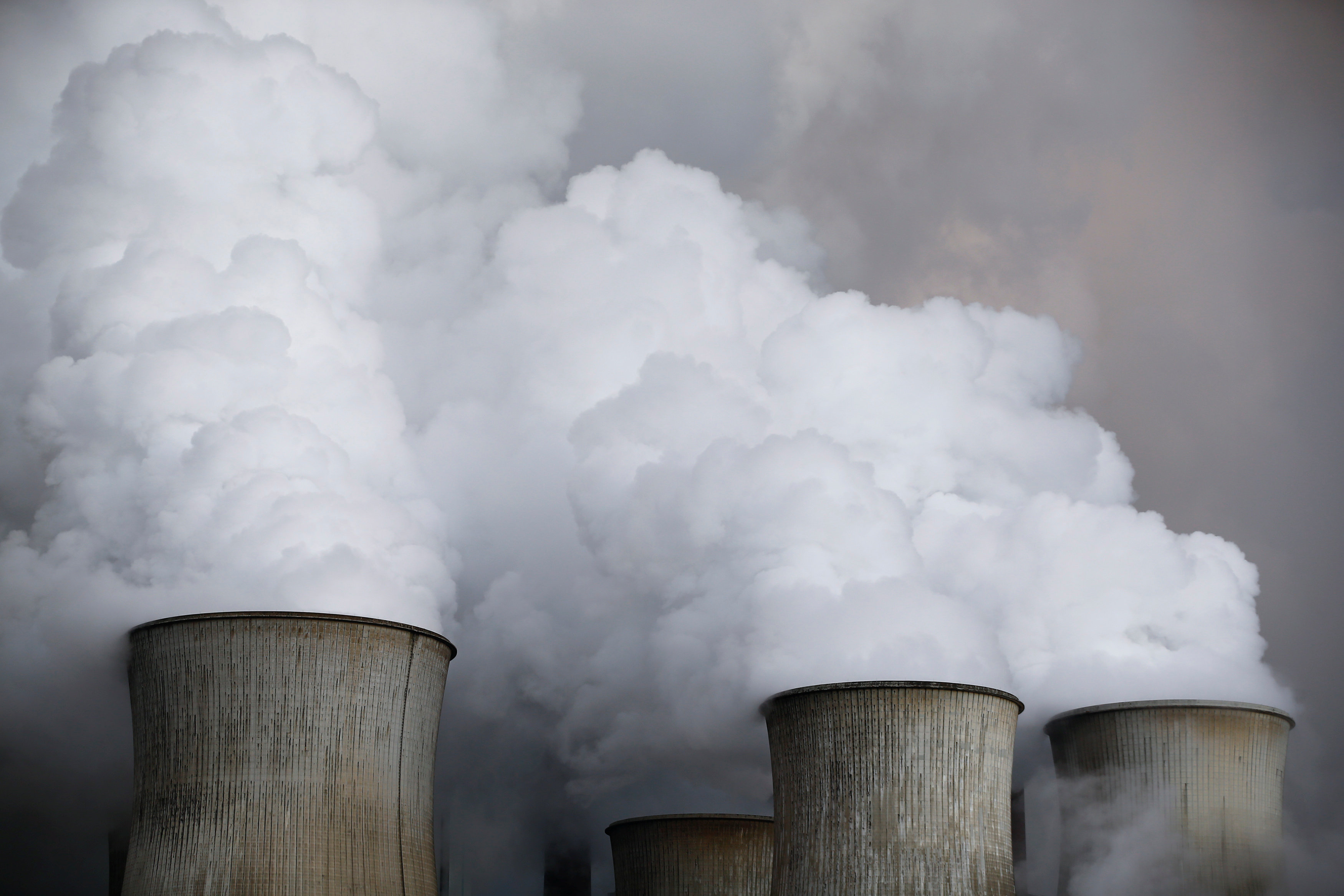Greenhouse gas emissions set to bust global climate pact in 2030
LONDON: Greenhouse gas emissions in 2030 will exceed by 12 billion to 14 billion tonnes what is needed to keep global warming to an internationally agreed target, the United Nations said on Thursday.
A day before the global Paris Agreement climate pact formally comes into force, the annual report of UN Environment analysed countries' current pledges for emission cuts and said they were not sufficient.
Emissions in 2030 are expected to reach 54-56 billion tons of carbon dioxide equivalent, far above the level of 42 billion tons needed to have a chance of limiting global warming to 2 degrees Celsius (3.6 degrees Fahrenheit) this century.
Even if the pledges on cutting emissions under the Paris agreement are fully implemented, predicted 2030 emissions could put the world on track for a temperature rise of 2.9 to 3.4 degrees Celsius this century, the report said.
However, UN Environment's chief scientist, Jacqueline McGlade, told reporters at a briefing that the emissions gap could "absolutely" be filled.
More countries are submitting emissions data; global carbon dioxide emissions from fossil fuel use and industry are slowing; renewable energy use has risen and public scrutiny of governments' actions has grown, McGlade added.
Delegates from signatory nations will meet in the Moroccan city of Marrakesh from Nov. 7-18 to start turning their many promises on tackling climate change into action and draw up a "rule book" for the accord reached last December and which comes into force on Friday.
The Paris Agreement promises to limit global warming to "well below" 2 degrees Celsius above pre-industrial times, with an ambition of limiting temperature rises even further to 1.5 degrees.
For a 50 percent chance of meeting the 1.5 degree goal, emissions should not be more than 39 billion tonnes in 2030, which leaves an even bigger emissions gap of 15-17 billion tons, the report said.
Therefore, countries need to make bigger emissions cuts after, but preferably also before, 2020 and there needs to be lower emissions levels in 2030 than previously thought.
If that does not happen, there will be more reliance on negative emission technologies in the second half of the century which permanently remove carbon dioxide from the atmosphere, such as combining bioenergy with carbon capture and storage, which is not deployable on a commercial scale.
"If we don't start taking additional action now, beginning with the upcoming climate meeting in Marrakesh, we will grieve over the avoidable human tragedy," Erik Solheim, head of UN Environment, said in a statement.
"The growing numbers of climate refugees hit by hunger, poverty, illness and conflict will be a constant reminder of our failure to deliver. The science shows that we need to move much faster," Solheim added.






